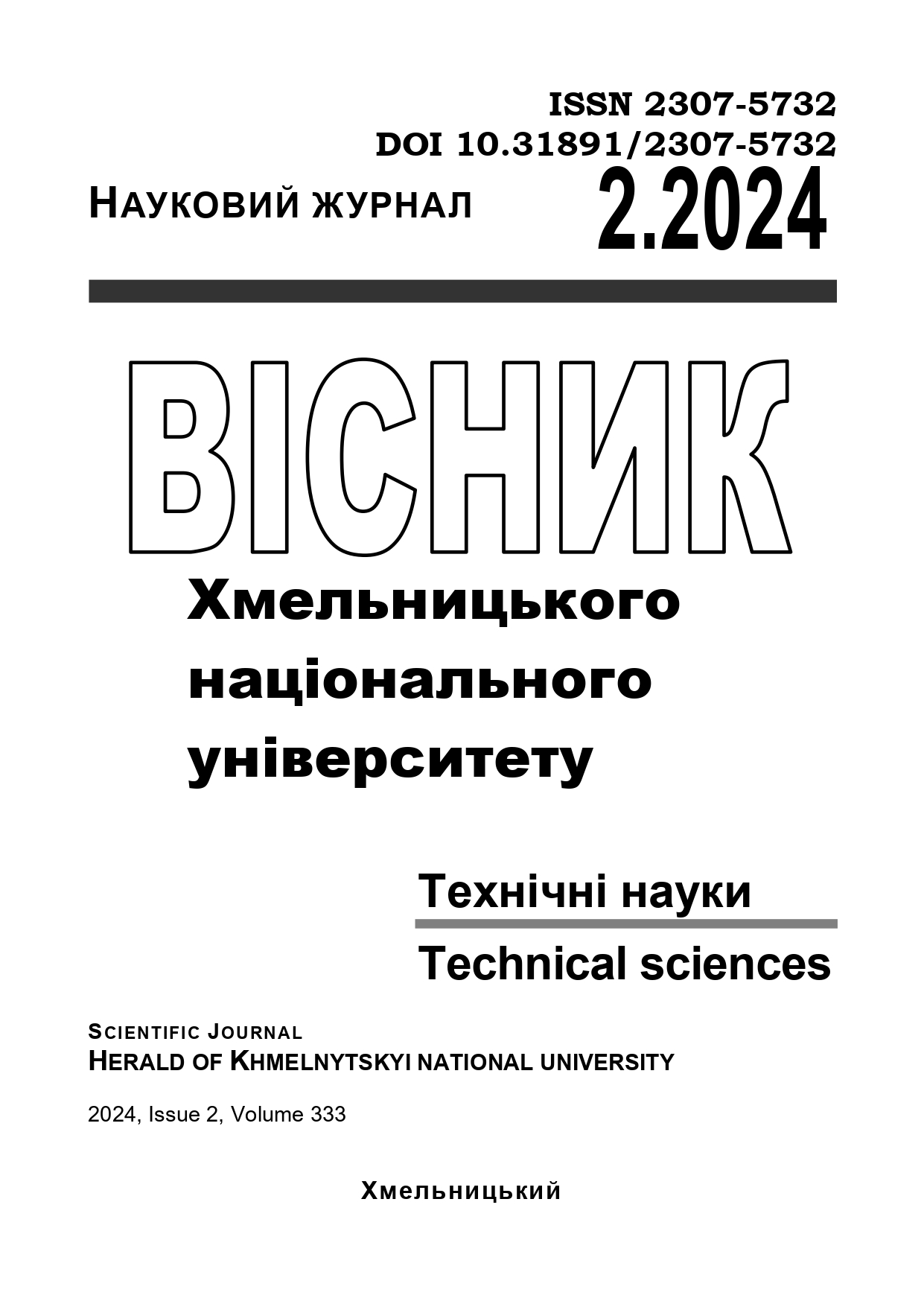APPROACHES TO THE AUTOMATION OF SOFTWARE ARCHITECTURE DESIGN USING AI
DOI:
https://doi.org/10.31891/2307-5732-2024-333-2-5Keywords:
software architecture design, generative AI, Software design automationAbstract
Automating software architecture design through generative Artificial Intelligence offers a practical solution to the challenges faced in contemporary software development. This paper discusses the use of generative AI during the software architecture design to improve design processes by leveraging the experience of successful projects and understanding the cause-and-effect relationships between well-collected requirements and achieving them through optimal architectural decisions. With generative AI, software architects can optimize architecture designs adequately to the elevated complexity and quality demands of modern software systems. At the same time, it opens the door to creative solutions that otherwise are not always possible to develop due to a lack of time or effort. So the net time spent on the design process can then be reduced by AI, which enables software architects to make superior strategic decisions while yielding less operational fuss. However, along with the above advantages, the use of AI in software architecture presents the following challenges. The first one is interpretability and validation of the AI-designed architecture: most of these designs are based on some complex algorithms that are needed to put down to final specifications, meaning that it is necessary to prove that it satisfies the user requirements. The second issue is related to the integration process – integration should become a standardized operation, thanks to which the role of AI professionals in cooperation with software architecture would be determined much clearer and more systematically. Therefore, all of the introductory advantages, shortages, and possible use cases might be settled using specific well-defined integration principles. The following paper considers several existing cases where AI was introduced, outlining the pros and cons of such measures and the numerous ways to overcome possible challenges. In conclusion, the integration of generative AI into software architecture design provides a wide array of benefits and promises more efficient, creative, and powerful software systems in the short and long run. As this concept continues to evolve more creative possibilities will become available in the field of software development.

